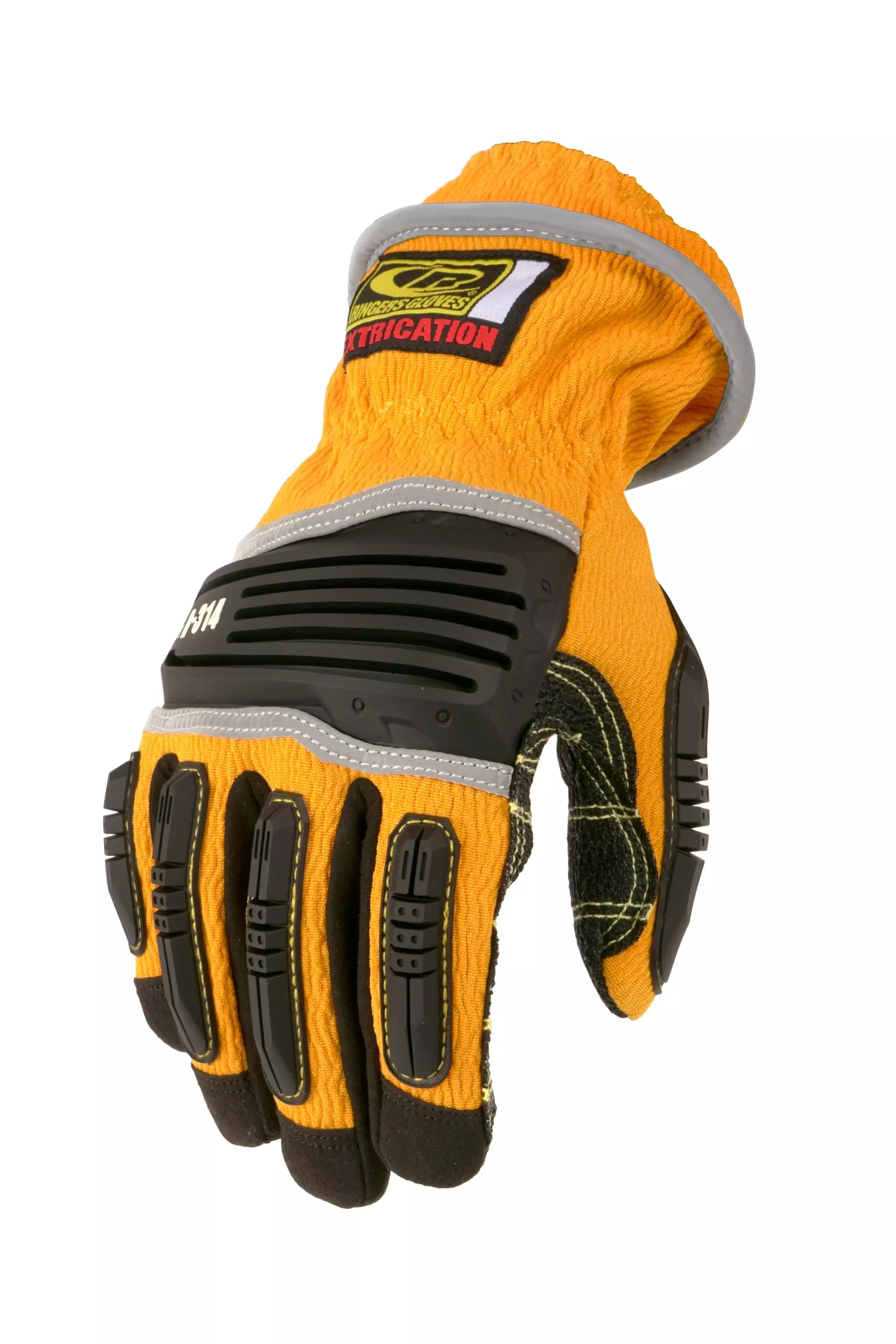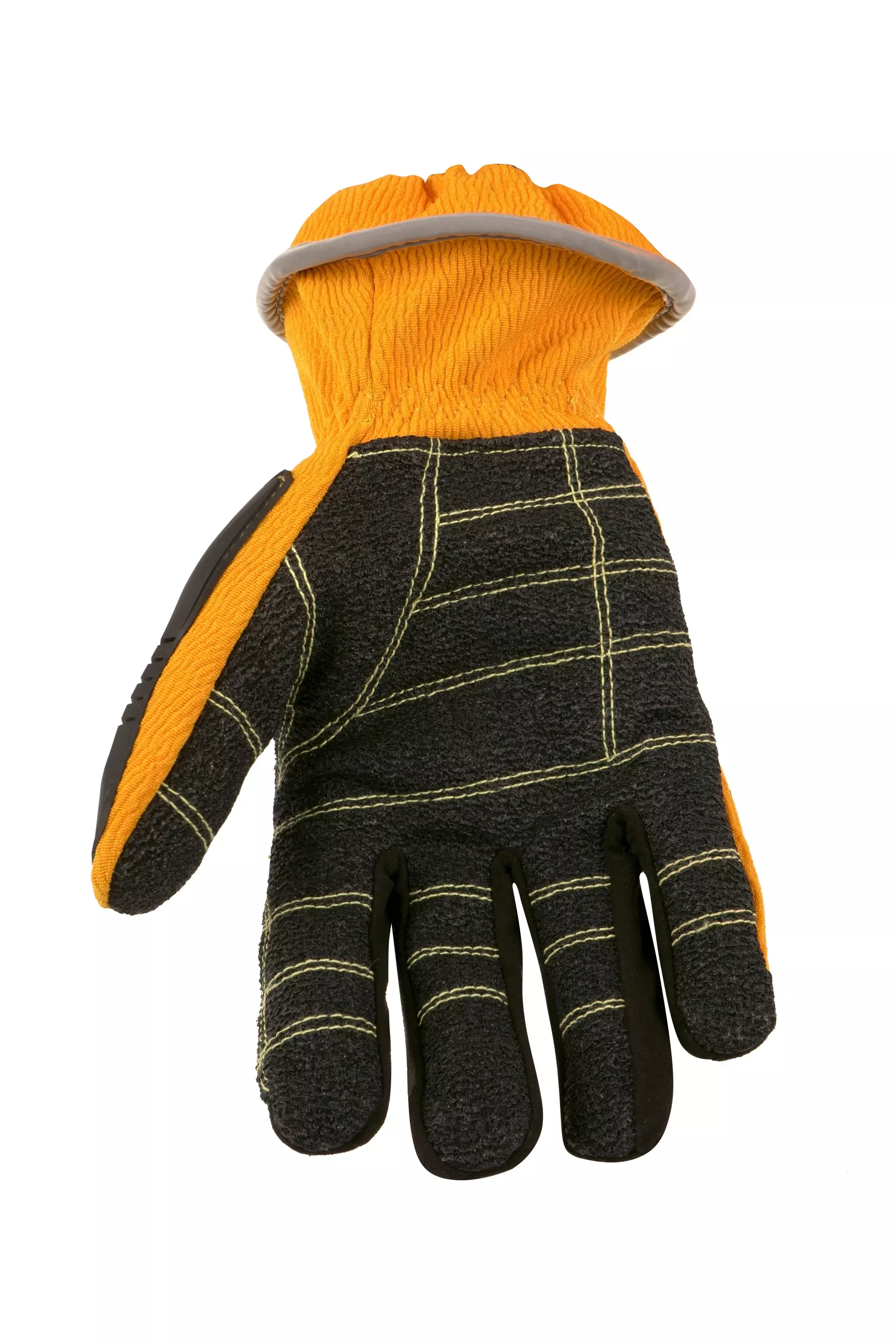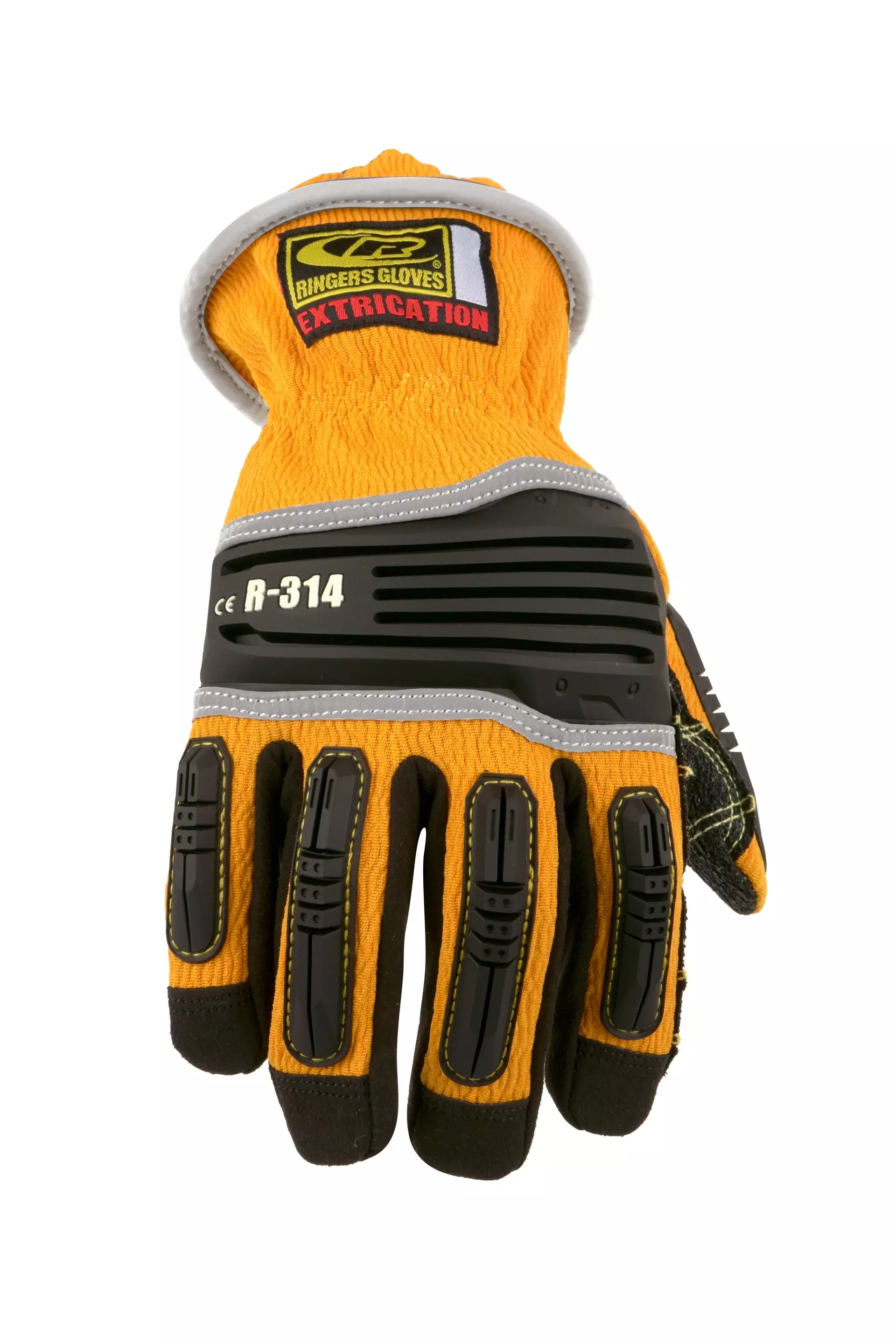Ringers 314
5.0 / 5
Product description
Description
Specialized protection: RINGERS® R314 extrication gloves are developed with a patented TPR (thermoplastic rubber) design and F3 Technology™, ensuring impact protection, comfort and dexterity
Enhanced grip: They feature a special grip system around the palm and fingers, for stronger, longer-lasting grip
Added defenses: Specially designed for search and rescue operations, these RINGERS® gloves also feature Kevlar® stitching around the palm, offering moderate cut resistance
Enhanced features: An extended cuff with gaiter closure helps keep out debris, while their high-visibility material with reflective detailing increases overall hand safety
Recommended for
Rescue extraction from confined spaces
Operating of heavy machinery
Crushing and unloading ore
Shipping and loading of product
Vehicle Maintenance
Product Details
Available Sizes : 7, 8, 9, 10, 11, 12, 13
Coating Color : Black
Construction : Cut & Sewn
Cuff Style : Extended Cuff With Gaiter Closure
Grip Design : Durable Blend
Latex Free : Yes
Liner Material : Polyester
Washing Temperature : 30 °C (86 °F)
About Knuckle Protection Work Gloves
Knuckle Protection Work Gloves feature reinforced padding across the back of the hand to shield against impacts and crushing injuries. These specialized gloves combine the comfort of knit designs with strategic protection, making them ideal for construction, oil and gas, or heavy machinery operation.
- Cut Resistant
- Impact Resistance
- Machine Washable
- Hand Protection
Standards and labels
Ansell delivery terms
Free delivery for all Ansell products
2 158,31 €
Price per 10 packages (50 pairs)
43,17 € / pair
Free delivery
A carton contains 10 packages (50 pairs)







